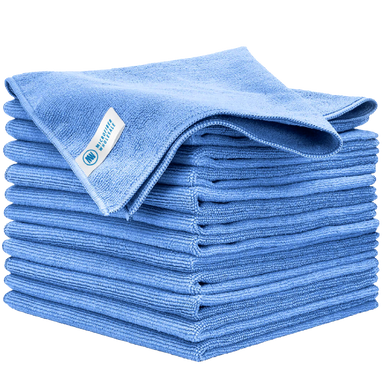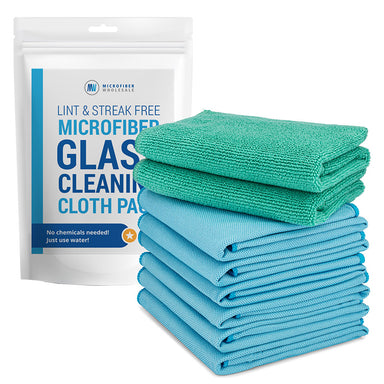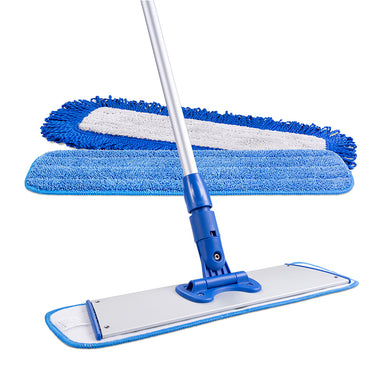Split Microfiber
For microfiber to be effective as a cleaning product it has to be split microfiber. If microfiber isn’t split during manufacturing it isn’t much more than a very soft cloth, duster or mop. Microfiber that is used in clothing, furniture and other applications isn’t split because it isn’t designed to be absorbent, just soft. It’s important when buying microfiber cleaning products to make sure that they’re split. When buying from a retail store if the packaging doesn’t say its split, don’t assume it is. One way to determine if the microfiber is split is to run the palm of your hand over it. If it grabs the imperfections on your skin then it’s split. Another way is to pour a small amount of water on a table and take a towel or mop and try to push the water. If the water is pushed it’s not split microfiber, if the water is absorbed or sucked into the fabric then it is split microfiber.
In addition to the open spaces in the fibers created during the splitting process, microfiber is an effective cleaning tool because the fibers are positively charged. Dirt and dust are negatively charged so they are literally attracted to microfiber like a magnet. The microfiber holds on to the dust and dirt until it’s released in the laundering process or when it’s rinsed out.
Eco-Friendly Cleaning ♻
The attributes of split microfiber discussed above make it a true green cleaning product. Microfiber works extremely well as a cleaner without added chemicals. All of the edges on each fiber created during the splitting process act like squeegees scraping up the dust and dirt while the open spaced between the splits hold it. When water is added to the towel or duster it helps emulsify the dirt allowing it to be scrubbed off the surface being cleaned.



















 By continuing with your order, you acknowledge and agree to the following:
By continuing with your order, you acknowledge and agree to the following: